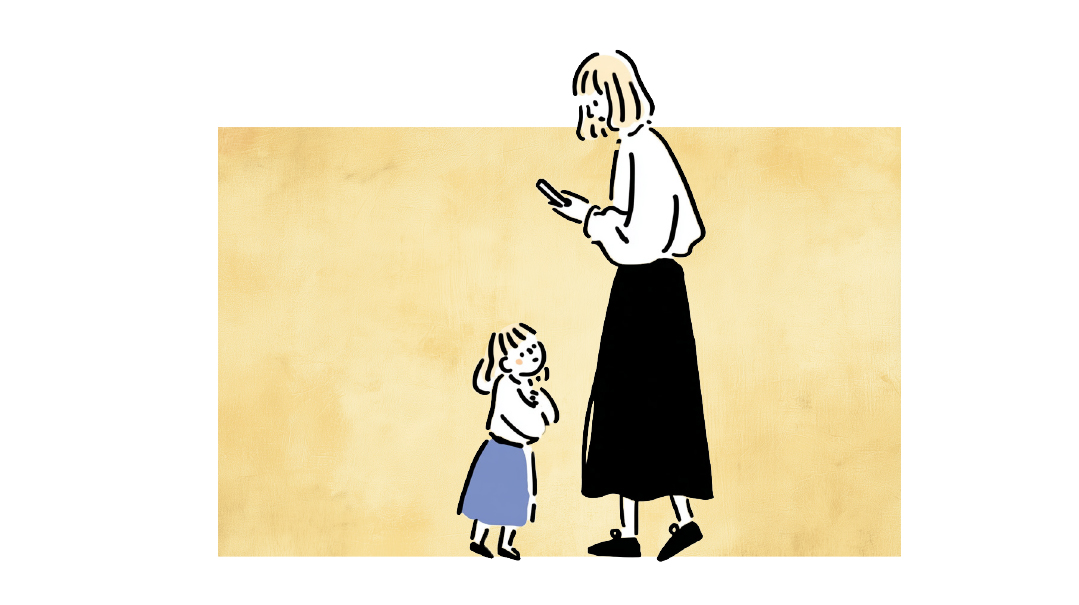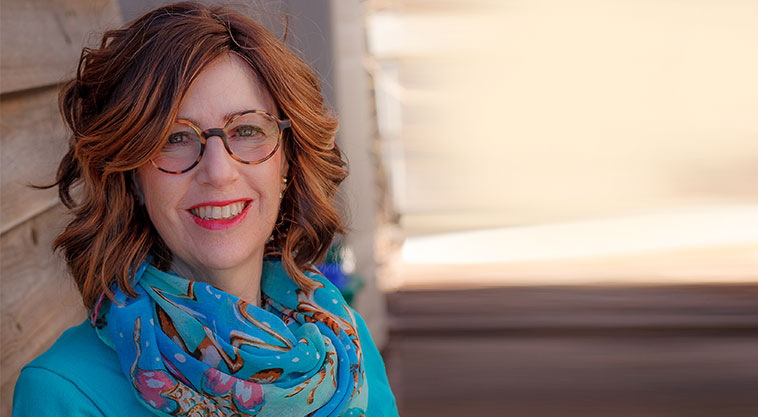Those Not-Good Feelings


Face those negative feelings head-on
W e have lots of feelings — some of which feel good and some not-so-good. Obviously we enjoy the emotions that make us feel relaxed energized and “up.” These positive emotional and physical qualities are induced by feelings such as happiness gratitude and forgiveness.
Anger fear sadness and other negative emotions on the other hand change the chemistry and rhythms of all our bodily systems. They make our heart ache constrict our breath tighten our muscles put us off balance and cause generalized physical distress. They also affect us mentally emotionally and spiritually disturbing every area of functioning.
It makes sense that we’d want to do whatever we can to help ourselves and our children avoid experiencing the not-good-feeling emotions.
In the Dark
The truth is however that bad feelings have their good side. They are “not good” only in that they hurt. But Hashem created them for a purpose. Negative emotions just like physical pain signal caution. They tell us that we’re headed in the wrong direction that we’re failing to meet our needs or fulfill our mission. They urge us to change course.
However we can only heed their wisdom when we’re willing to listen. For example tuning in to the remorse trauma and sadness of Tishah B’Av is the only way to learn the lessons of the day. Suppressing or ignoring those feelings would completely distort the spiritual message of the day.
We must be willing to face pain in order to learn from it; turning away from grief fear or rage closes the door on inner communication and leaves us in the dark. Pain tells us to stay still pay attention listen and reflect.
The Greatest Pain Reliever
Attempting to run or hide from pain is an exercise in futility. Pain is part of the living experience. Drugs cannot completely suppress it. Addictions cannot fully obliterate it. No amount of meditation exercise fun or even prayer can totally remove it. Pain is a fact of life. Ironically the greatest pain reliever is acceptance.
The acceptance of the possibility and reality of pain reduces suffering. When we stop fighting and simply accept it it hurts less. Counterintuitive as it may seem letting pain just “be” relaxes muscles and facilitates the healing process. Similarly sitting with a bad feeling gives it the space it needs to deliver its message and begin to move out of the psyche.
Instead of attempting to drown it out with activity noise or drama we can turn to emotional pain with curiosity and interest. We can speak to it support it or watch it. As long as we go straight to it we will glean its message.
Reassuring Answers
As hard as it can be for us to face our pain it can be even harder to tolerate the pain of our loved ones. When they express emotional distress we jump in right away to talk them out of it. “There’s no need for that pain” we’ll tell them — meaning there’s nothing to be scared of sad about or mad at.
“The plane won’t crash.” “Everything will work out.” “She probably didn’t mean it.” We have a reassuring answer for every worry regret insecurity loss or insult.
When a five-year-old is terrified of the loud boom of thunder and runs into her mother’s arms sobbing her parent tells her “Don’t worry sweetheart. It’s just a noise. It won’t hurt you.”
While a little bit of information and reassurance can be helpful at times it should never be the first response. It turns the person away from pain instead of guiding their attention gently toward it.
Acknowledging the negative feeling is a better intervention. “Yes that was a loud scary boom! What a big noise!”
Being unafraid to name the fear is in itself a calming technique. When a spouse doesn’t want to get on a plane for fear of crashing one can similarly direct attention to the bad feeling instead of away from it. “Yes I suppose it could crash. That would be awful.”
This unexpected acceptance and validation of the negative feeling is oddly calming. The phobic passenger knows that very few planes crash. It isn’t statistical education that he needs; he needs the courage to go straight to the fear and sit there long enough for his own brain to kick in.
Bad feelings feel bad but they start to feel better when we face them head-on. (Originally featured in Family First Issue 552)
Oops! We could not locate your form.




